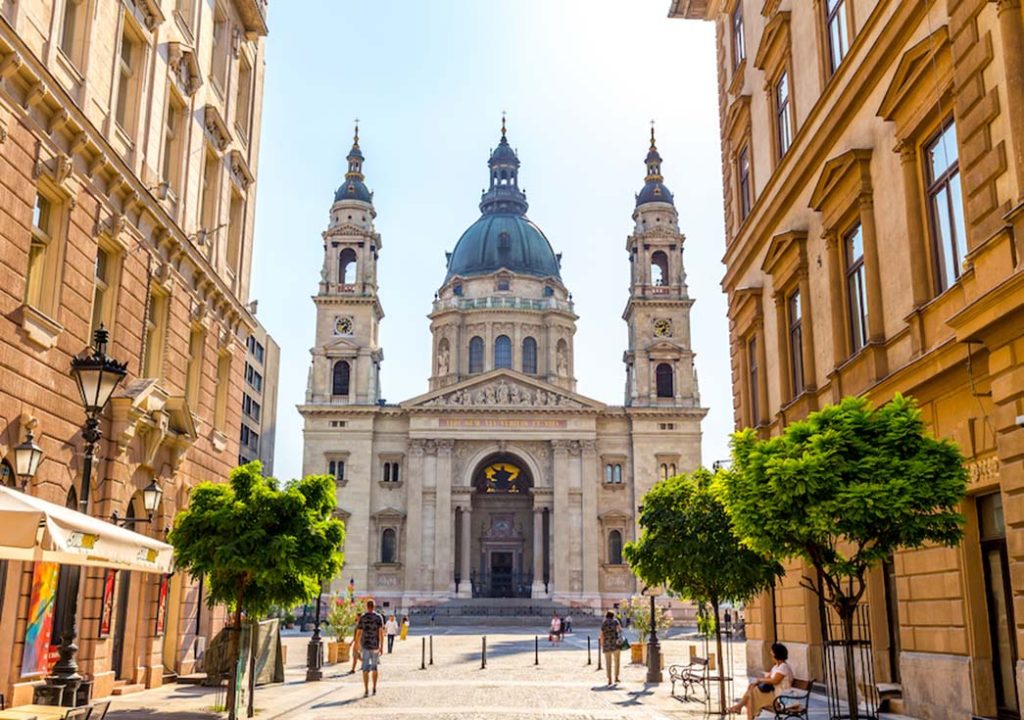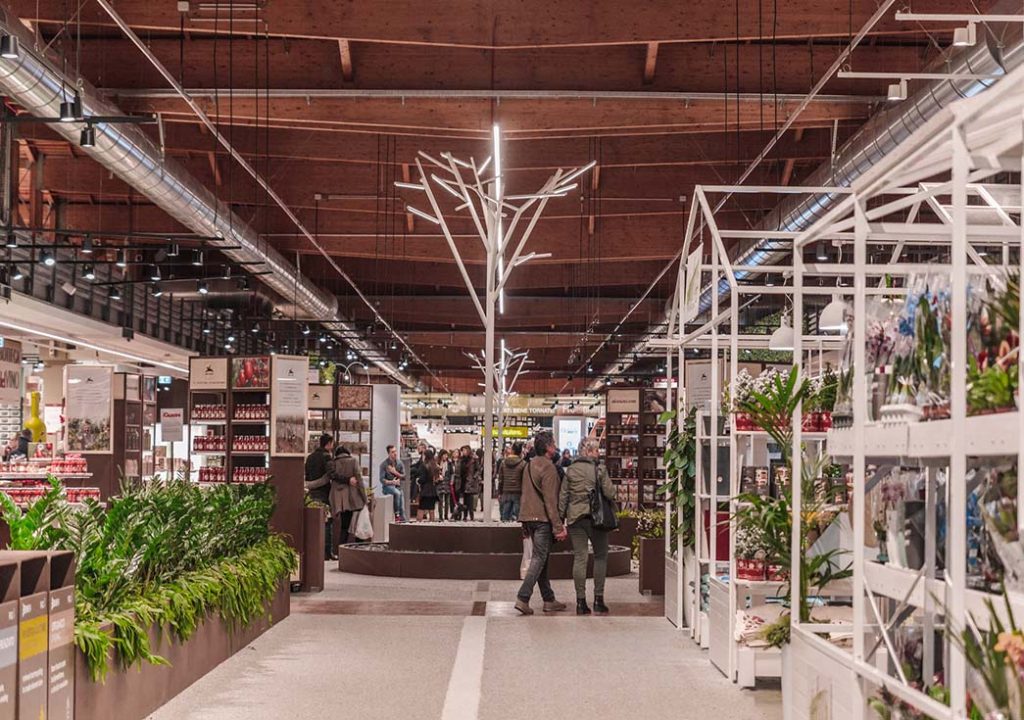Bologna, with its rich history, stunning architecture, and vibrant culture, offers endless opportunities for photography enthusiasts. Whether you’re capturing the city’s iconic landmarks, exploring hidden gems, or immersing yourself in its lively atmosphere, Bologna is a treasure trove of photogenic spots waiting to be discovered. In this comprehensive guide, I’ll take you through some of the most picturesque locations in Bologna, share practical photography tips, and provide insights into each location’s history and significance.
1. Piazza Maggiore
Location: City Center
Overview: Piazza Maggiore is the heart of Bologna, a bustling square surrounded by historic buildings dating back to the Renaissance era. It’s an ideal starting point for any photography adventure in the city.
Photography Tips:
- Golden Hour: Visit during sunrise or sunset to capture soft, warm light illuminating the architecture.
- Framing: Use the archways and columns of the surrounding buildings to frame your shots and add depth.
- Details: Zoom in on intricate details like the Fountain of Neptune or the façade of the Basilica di San Petronio for stunning close-up shots.
Historical Insights: Piazza Maggiore has been the center of political, religious, and cultural life in Bologna for centuries. It hosts festivals, markets, and gatherings, making it a dynamic subject for photography.
2. Two Towers (Due Torri)
Location: Piazza di Porta Ravegnana
Overview: The Two Towers, Torre degli Asinelli and Torre della Garisenda, are iconic symbols of Bologna’s medieval skyline. They offer panoramic views of the city and are a photographer’s dream.
Photography Tips:
- Perspective: Capture the towers from different angles to emphasize their height and architectural details.
- Cityscape: Climb to the top of Torre degli Asinelli for breathtaking views of Bologna’s rooftops and distant hills.
- Night Photography: The towers are beautifully illuminated at night, providing a dramatic backdrop for long exposure shots.
Historical Insights: Built in the 12th century, these towers were once used for defense and as status symbols for noble families. Today, they stand as a testament to Bologna’s medieval past.
3. Basilica di San Petronio
Location: Piazza Maggiore
Photography Tips:
- Interior Shots: Capture the grandeur of the nave and the intricate details of the chapels and altars.
- Light Play: The play of light through the stained glass windows creates beautiful patterns inside the basilica.
- Symmetry: Use the symmetrical layout of the basilica to compose balanced and visually pleasing photographs.
Historical Insights: Construction of the basilica began in 1390 and continues to this day. Its sheer size and architectural significance make it a must-visit for photographers and history enthusiasts alike.
4. Archiginnasio of Bologna
Location: Piazza Galvani
Overview: The Archiginnasio of Bologna was once the main building of the University of Bologna, the oldest university in the Western world. It now houses a library and a beautifully decorated anatomical theater.
Photography Tips:
- Library Hall: Capture the intricate wooden carvings and the vast collection of ancient books in the library hall.
- Anatomical Theater: Photograph the elaborate wooden structure of the anatomical theater, where dissections were once performed for medical students.
- Courtyard: The courtyard of the Archiginnasio is adorned with statues and frescoes, providing ample opportunities for artistic compositions.
Historical Insights: Founded in 1088, the University of Bologna played a crucial role in the development of European higher education. The Archiginnasio remains a symbol of learning and intellectual pursuit.
5. Santo Stefano Basilica

Location: Piazza Santo Stefano
Overview: Santo Stefano Basilica is a complex of several churches, each with its own unique architecture and historical significance. It’s often referred to as the “Seven Churches” due to its interconnected structures.
Photography Tips:
- Courtyard: Capture the peaceful atmosphere of the courtyard, surrounded by ancient columns and arches.
- Interior Details: Explore the Byzantine and Romanesque architecture inside the churches, focusing on frescoes and mosaics.
- Ambiance: Santo Stefano Basilica is especially photogenic during religious ceremonies or cultural events, capturing the essence of community life.
Historical Insights: The basilica complex dates back to the 5th century and has undergone various renovations and additions over the centuries. It’s a hidden gem in Bologna, steeped in religious and architectural history.
6. Quadrilatero Market
Location: Quadrilatero Area
Overview: Quadrilatero Market is a lively maze of narrow streets and alleys lined with stalls selling fresh produce, meats, cheeses, and local specialties. It’s a vibrant hub of Bologna’s culinary scene.
Photography Tips:
- Market Life: Capture candid moments of vendors and shoppers interacting amidst colorful displays of food.
- Close-Ups: Zoom in on the vibrant colors and textures of fresh fruits, vegetables, and artisanal products.
- Street Scenes: Explore the atmospheric alleyways and capture the hustle and bustle of daily life in the market.
Historical Insights: The market has existed since medieval times, evolving into a bustling marketplace where locals gather to shop and socialize. It offers a glimpse into Bologna’s gastronomic heritage.
7. MAMbo – Museo d’Arte Moderna di Bologna
Location: Via Don Giovanni Minzoni, 14
Overview: MAMbo is Bologna’s Museum of Modern Art, housed in a former industrial building. It showcases contemporary artworks, installations, and performances from both Italian and international artists.
Photography Tips:
- Art Installations: Capture the scale and creativity of contemporary art installations and sculptures.
- Architecture: Photograph the industrial architecture of the museum building juxtaposed with modern artworks.
- Exhibition Spaces: Focus on the interplay of light and space within the galleries, enhancing the visual impact of the artworks.
Historical Insights: The museum opened in 2007, revitalizing a historic industrial site and contributing to Bologna’s cultural landscape. It’s a hub for creativity and artistic expression in the city.
8. Giardini Margherita (Margherita Gardens)
Location: Viale Gozzadini
Overview: Giardini Margherita is Bologna’s largest public park, offering a serene escape from the city bustle with its lush greenery, lake, and recreational facilities.
Photography Tips:
- Natural Beauty: Capture the beauty of the park’s landscapes, including the lake, gardens, and tree-lined paths.
- Reflections: Use the lake as a mirror to capture reflections of trees and clouds, especially during calm weather.
- People and Nature: Photograph locals enjoying leisure activities like picnicking, jogging, or boating, adding a human element to your nature shots.
Historical Insights: The park was established in the late 19th century as a public space for recreation and relaxation. It remains a beloved spot for both locals and visitors seeking tranquility.
9. Porticoes of Bologna
Location: Throughout the City
Overview: Bologna is famous for its extensive network of porticoes, covered walkways that stretch for over 38 kilometers throughout the city. They provide shelter from sun and rain and are a defining feature of Bologna’s urban landscape.
Photography Tips:
- Perspective: Experiment with perspective and leading lines created by the porticoes to add depth to your compositions.
- Light and Shadow: Capture the interplay of light and shadow under the porticoes, especially during different times of the day.
- Details: Zoom in on architectural details and decorative elements of the porticoes, highlighting their historical and aesthetic significance.
Historical Insights: Dating back to the Middle Ages, the porticoes were built for practical reasons but have become iconic symbols of Bologna. They reflect the city’s architectural heritage and urban planning.
10. FICO Eataly World

Location: Via Paolo Canali, 8
Overview: FICO Eataly World is an agri-food park dedicated to celebrating Italian cuisine and agricultural traditions. It features markets, restaurants, workshops, and interactive exhibits related to food and farming.
Photography Tips:
- Market Scenes: Capture the vibrant colors and bustling atmosphere of the food markets, showcasing a variety of Italian culinary delights.
- Cooking Demonstrations: Attend cooking classes or demonstrations and photograph chefs preparing traditional Italian dishes.
- Cultural Exhibits: Document the cultural exhibits and displays that highlight Italy’s diverse regional cuisines and agricultural practices.
Historical Insights: Opened in 2017, FICO Eataly World promotes sustainable food production and educates visitors about Italy’s gastronomic heritage. It’s a fusion of food, culture, and education in a single destination.
Practical Photography Tips for Bologna
Equipment
- Camera: A DSLR or mirrorless camera is ideal for capturing high-quality images, but a smartphone with a good camera can also produce impressive results.
- Lenses: Wide-angle lenses are great for capturing architecture and landscapes, while zoom lenses can help you get closer to distant subjects.
- Tripod: Useful for stable shots in low light conditions or for long exposure photography.
- Filters: Consider using polarizing filters to reduce glare and enhance colors, or ND filters for long exposure shots.
Light and Weather
- Golden Hour: Sunrise and sunset provide soft, warm light that enhances architectural details and landscapes.
- Weather Conditions: Embrace cloudy skies or rain showers for dramatic, moody photos. Umbrella shots under the porticoes can be particularly atmospheric.
- Indoor Photography: Adjust your camera settings for low light conditions when photographing interiors or museums.
Composition and Techniques
- Rule of Thirds: Place key elements of your composition along the intersecting lines or at the points of interest for balanced shots.
- Leading Lines: Use the lines created by streets, porticoes, or architectural features to guide the viewer’s eye through the photograph.
- Depth of Field: Experiment with shallow depth of field to isolate subjects against blurred backgrounds, or use deep depth of field for sharpness throughout the image.
Editing and Sharing
- Editing Software: Use editing software like Adobe Lightroom or mobile apps to enhance colors, adjust exposure, and crop images for better composition.
- Sharing: Share your photos on social media platforms like Instagram or Flickr to showcase Bologna’s beauty and connect with other photography enthusiasts.
Bologna is a city where history meets modernity, and every corner tells a story waiting to be captured through photography. From ancient towers and basilicas to vibrant markets and cultural landmarks, there’s no shortage of photogenic spots to explore. Armed with your camera and these practical tips, you’re ready to embark on a visual journey through Bologna’s rich tapestry of architecture, culture, and everyday life. Whether you’re a seasoned photographer or an amateur enthusiast, Bologna promises a captivating experience behind the lens, revealing its timeless charm and dynamic spirit through every click.